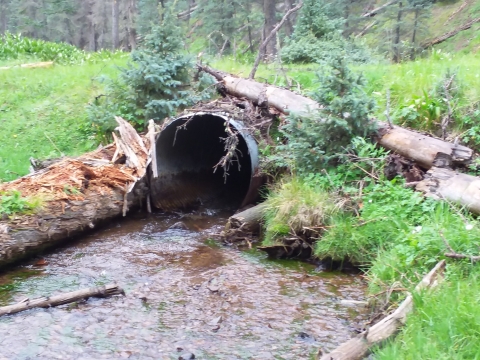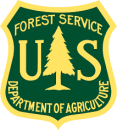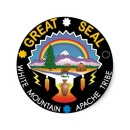States
Arizona
This project will remove 7 barriers and replace 6 culverts, most of which are on tribal land. The improvements are part of our efforts to recover and delist the Apache Trout. The barriers were constructed decades ago to protect against invasion by nonnative predatory trout, but they now block Apache Trout, are outdated, and no longer needed due to improved protection measures far downstream. This project presents the opportunity to create larger meta-populations of Apache Trout in addition to re-opening access to 52.4 miles of habitat.
Quick Facts:
| Project Status | In Development |
| Location | AZ, Navajo/Apache |
| NFPP Project Funding | $2,310,000 |
| Restoration Techniques | Culvert replacement |
| Accomplishments | 52.4 Stream Miles Reopened |
| Project Partner Lead | White Mountain Apache Tribe |
| Primary Species Benefited | Apache Trout |
Fish passage is the ability of fish or other aquatic species to move freely throughout their life to find food, reproduce, and complete their natural migration cycles. Millions of barriers to fish passage across the country are fragmenting habitat and leading to species declines. The U.S. Fish and Wildlife Service's National Fish Passage Program is working to reconnect watersheds to benefit both wildlife and people.
Learn more about fish passage to the upper 2.8 miles of headwater habitat and segmenting the population needs replacement. | Image Details
The National Fish Passage Program combines technical expertise with a track record of success.
Implemented primarily through the Service's Fish and Wildlife Conservation Offices, the National Fish Passage Program provides financial and technical assistance to partners across the country. Since 1999, the program has worked with over 2,000 local communities, Tribes, and private landowners to remove or bypass over 3,400 barriers to fish passage and reopen access to over 61,000 miles of upstream habitat for fish and other animals. Staff have expertise in fish migration and biology as well as financial, engineering, and planning assistance to communities, Tribes, and landowners to help them remove barriers and restore rivers for the benefit both fish and people.
Fish passage project proposals can be initiated by any individual, organization, government, or agency. However, proposals must be submitted and completed in cooperation with a Fish and Wildlife Conservation Office. (Please note that fish passage projects being used for federal or state compensatory mitigation or required by existing federal or state regulatory programs are not eligible for funding through the National Fish Passage Program.)
CONTACT A FISH PASSAGE COORDINATOR IN YOUR AREA TO GET STARTED.








